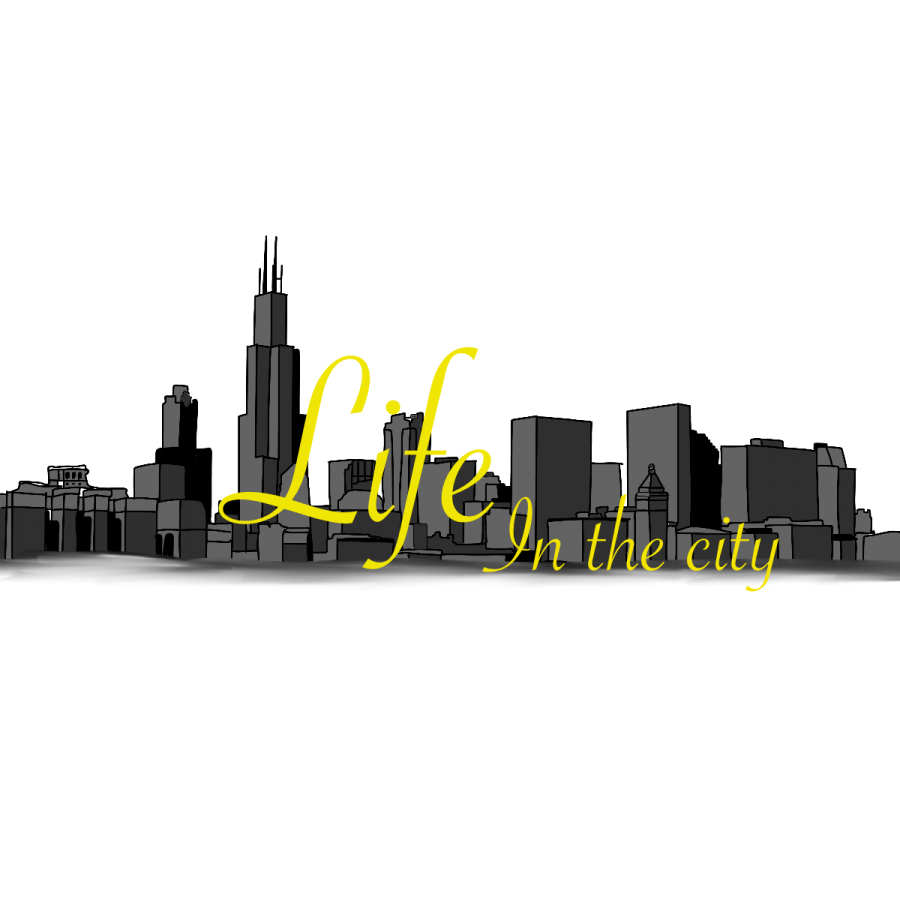Life in the city
Photo by Bethany Mennecke
Note: “Life in the City” is an ongoing column in which freelance writer Ta’Leah Van Sistine writes about her semester in New York City through the National Student Exchange.
Before moving to New York City, my experience with public transportation was very minimal. I’d taken a train once to Chicago with my family and the bus only a handful of times in Eau Claire.
Driving and walking to destinations was what I was used to in the Midwest.
So, you can only imagine how chaotic life was when I landed in Queens at the end of August and had to figure out how to get to the nearest Target.
Thankfully my cousin — who has been a New Yorker for three years now — was with my parents and I to help us navigate during our first day in the city. She has always lived near subway stations, though, so trying to use the buses in Queens was still a challenge.
The first bus we got on was a Select Bus Service, which means you pay the fare before you board the bus, making the process of boarding faster.
At the time, none of us knew what an SBS was, but my cousin was able to use Apple pay for us instead to cover the $2.75 fee. Until … we realized we got on the wrong bus.
Alas, I acknowledged that learning public transportation wouldn’t be, as they say, “a piece of cake.” However, since my first day in NYC, I’ve learned that while riding the trains and buses can definitely have its downsides, there are some perks, too.
Learning how to pay for a bus or train ride is an entire complexity on its own, but I personally use a MetroCard. A MetroCard costs $1, and you can load money on it or pay for a weekly or monthly unlimited-swipe plan. These plans mean that, for a set price, you have unlimited MetroCard swipes when you ride the bus or train for a week or month (depending on what plan you get).
I pay per bus and train ride by frequently loading money onto my MetroCard, but one downside to this method is that you can only reload your card in subway stations, and there are no stations within walking distance of Queens College. For this reason, I have to take a bus before I can refill my card.
If my MetroCard balance runs out before I can get to a subway station, I can pay with a credit card that has the tap-to-go feature as soon as I board the bus.
When you scan your MetroCard on the bus and subway, a small screen also displays how much money is left on your card, or the date your plan expires if you have an unlimited weekly or monthly MetroCard.
I found myself staring aimlessly into the distance or at the floor during my first month in New York whenever I was on the train, but recently I’ve been reading books, which makes the commute go by fast and serves as a nice break.
Sometimes, though, entertainment for the train ride is not even something I have to prepare for. A little over a week ago, a group of three people started playing music from a speaker and doing flips through and around the bars on the ceiling of the train car.
Those of us watching the show were slightly worried the performers would unintentionally hit or fall on us, but nevertheless, I thought it was neat.
People are also allowed to bring their pets on the train, as long as they are contained in a kennel, purse or other container. Spotting a dog poking its head out from a purse or bag makes me smile every time.
I’m by no means a master of the largest rapid transit system in the world — with 472 subway stations in operation — but thankfully I’ve learned enough to the extent that I’m able to commute by myself.
Even still, if you see someone in Queens staring at their phone with the Maps app open, constantly turning around and trying to find the right subway station or bus stop, it’s probably me.
Van Sistine can be reached at [email protected].

Ta’Leah Van Sistine is a fourth-year journalism and creative writing student. This is her seventh semester on The Spectator staff. She is spending the semester at Queens College in New York City. When she is not reporting for The Spectator or Blugold Radio Sunday, she enjoys getting lost in a good book or a national park.

